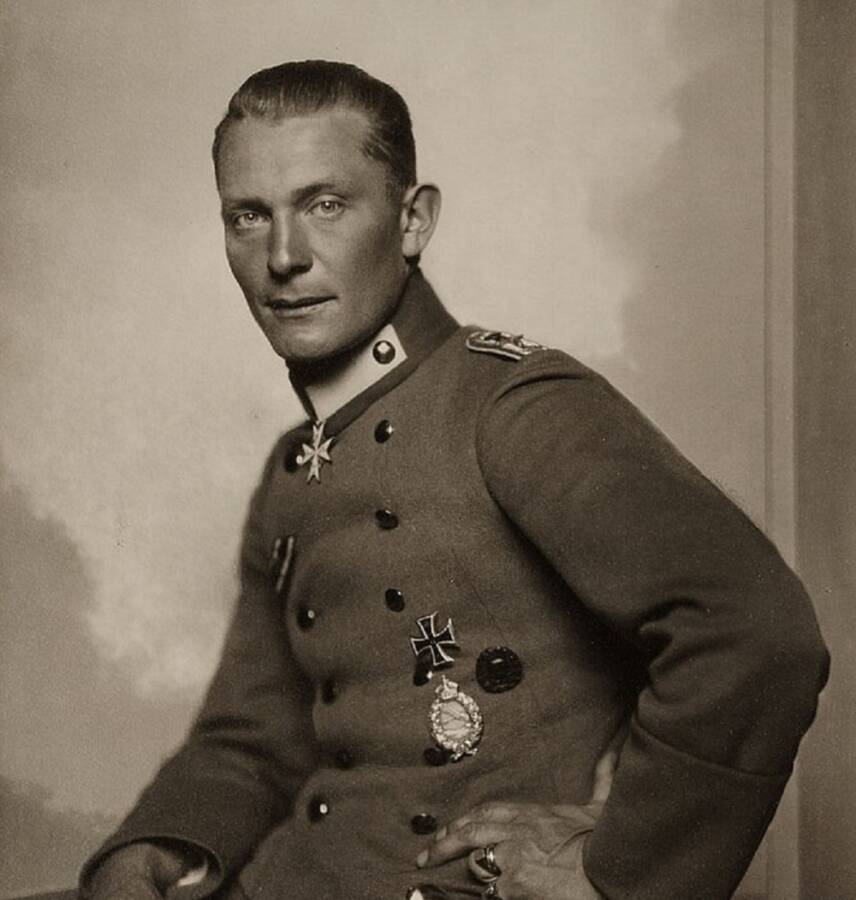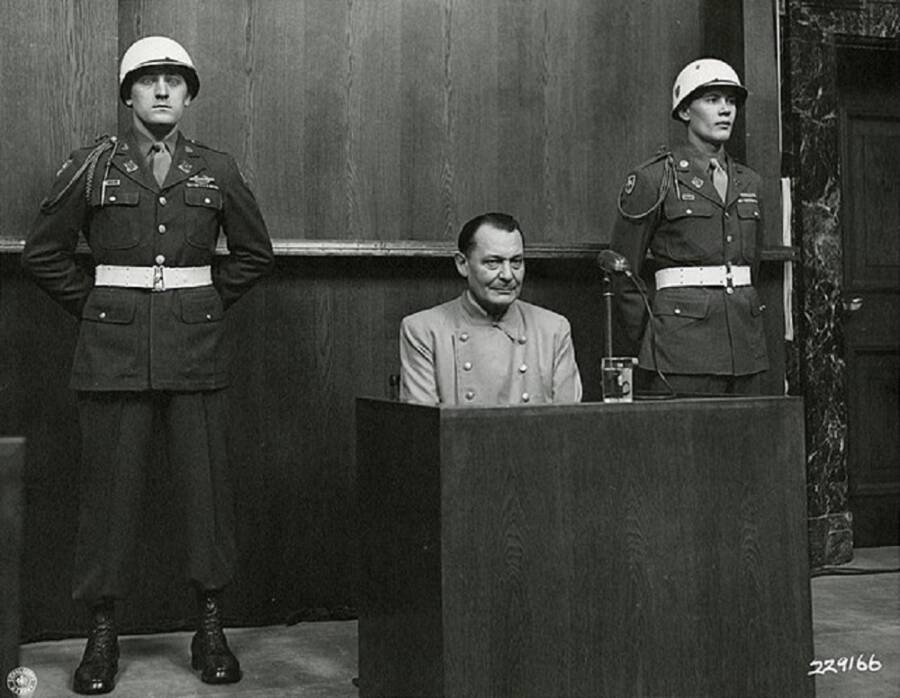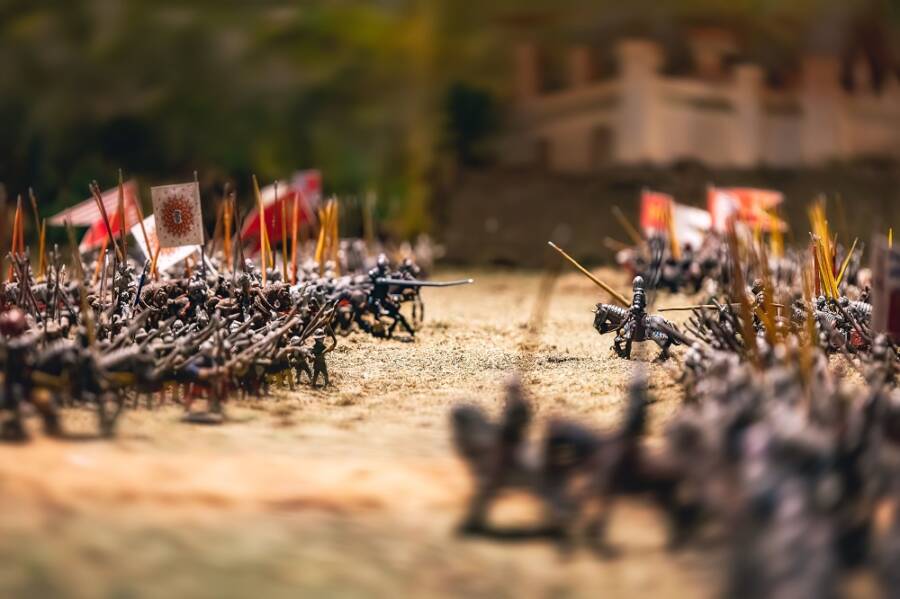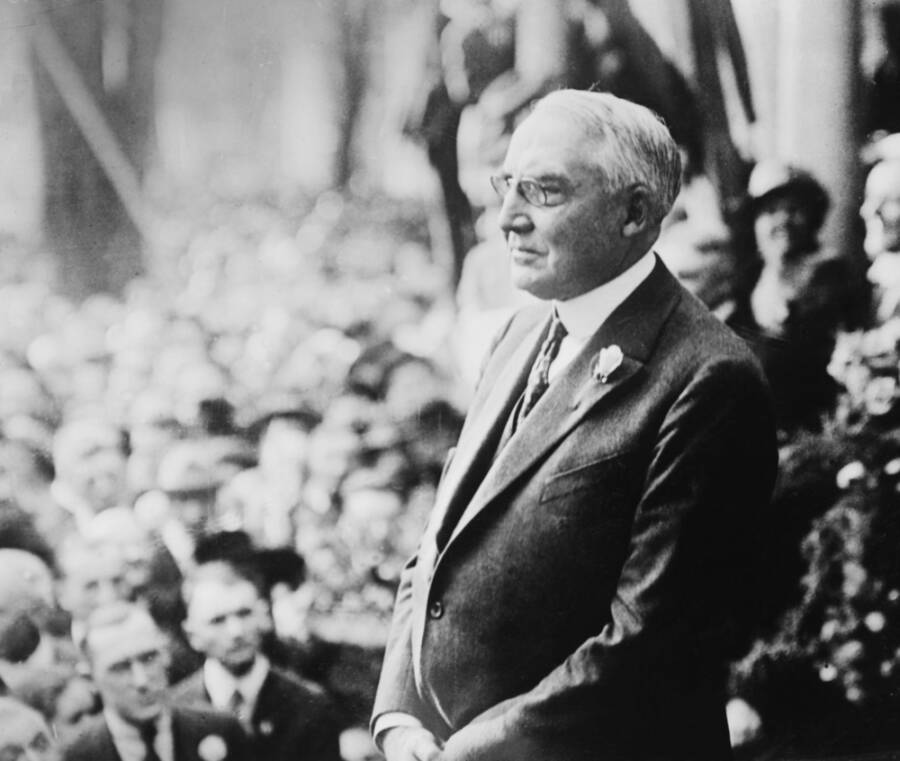Terrible nazis: Hermann Goring
Most frequently, when people say “Third Reich,” the figure that comes to mind is obviously Adolf Hitler. But he wasn’t alone in the boat. He had a couple of trusted men around him, without whom the Holocaust couldn’t be done. Heinrich Himmler, who was second in power to Hitler, trusted him the most, even if, in the end, he betrayed him.
Joseph Goebbels, the one whom Hitler selected to succeed him as chancellor; Martin Bormann, one of the closest lieutenants; and last but not least, Hermann Goring, the leader of the Nazi Party and one of the main designers of Germany’s Nazi police state.
But how many details do we know about this charming, flamboyant, but also masterful manipulator? Continue reading to find out more facts about Hermann Goring and his evolution before and during the Nazi regime.

Hermann Goring was from a wealthy family
On January 12, 1893, Hermann Goring was born into the family of Heinrich Goring, a German diplomat serving as consul in German South-West Africa, and Franziska Tiefenbrunn, his second wife.
Hermann von Epenstein, his godfather, was a wealthy Jewish physician who met his father in Africa. Because of him, Goring spent quite some time in a small castle somewhere near Nuremberg.
He was a legitimate WWI fighter ace
Following an education at a military institution and a boyhood filled with military ambitions, Goring enlisted in the German Army in 1912 as an infantry lieutenant. He was an ace when he joined the Air Force. During the war, he is said to have shot down 22 Allied aircraft and was awarded the Iron Cross First Class and Pour le Merite.
In 1922, Goring became a member of the National Socialists because of his military experience; in December of the same year, he was named the commander of the Sturmabteilung. In 1923, the party launched a Beer Hall Putsch, which was put down by the police force. Four policemen and fourteen Nazis were killed, while Goring was wounded in the hip and groin.
He escaped to Austria when there was an arrest warrant out for him. His rapid morphine addiction resulted in his institutionalization in Sweden in 1925 and 1926 as a result of his pain. Only when complete parole was granted in 1927 he returned to Germany.
As a commercial pilot during the war, Goring operated in Denmark and Sweden. It was at this time that he met the Swedish baroness Carin von Kantzow, who soon after divorced her husband and married Goring in February 1923.
He joined the Nazi Party after hearing a speech by Hitler
This is how many people started following the Nazi party because Hitler had very convincing and deterministic speeches. In January 1933, after Hitler became chancellor, Goring was named Gruppenführer and held the position until the end of the war.
Hitler permitted Göring to build concentration camps to house the political opponents of the Nazis and to form the Gestapo, or secret political police.
As payment for Heinrich Himmler’s help in the coup that overthrew SA chief Ernst Röhm and ousted Goring in 1934, Goring granted Himmler command of the Gestapo, the German secret police. Additionally, Hermann Goring and Himmler collaborated to establish the first concentration camps for Jews and other opponents of the Nazi regime.
He was commander in chief of the Luftwaffe
Hermann Goring took control of the Luftwaffe on March 1, 1935. He underestimated his adversaries’ military capability and overestimated the German army’s due to a lack of information and strategic awareness.
As the British fighter defenses were already suffering from severe losses both in the air and on the ground, Hitler committed a deadly tactical miscalculation on September 7, 1940, when he decided to launch major night bombs on London.
He became a very rich person
Hitler handed him command of the German economy in 1936. In addition to preparing Germany for war and creating 700,000 employees through the state-owned Hermann Goring Works, he also enriched himself with an estimated 400 million marks.
In addition to hosting banquets and official hunts, Goring constructed an amazing palace that housed artwork that had been looted from European museums and Jewish collections.
Five times a day, he changed into new clothes and uniforms and showed off his jewels and medals. The German people continued to truly like him because they thought he was less intimidating than Hitler.
His brother was against the Nazi regime
His brother Albert was completely different from him, both mentally and physically. Around 1938, when the Anschluss occurred, he was in Vienna, following a career in filmmaking.
He organized and paid for escape permits when Nazi policies started to endanger many of his friends—sometimes by playing on his elder brother’s ego—and he allegedly stood up for Jews who were being persecuted on the street.
In 1944, Albert was the target of four arrest warrants, many Gestapo reports, and a death warrant that demanded his immediate execution. Because of his name, which he shared with his valuable brother, he was frequently excused from punishment. But this name would torment him. Following the overthrow of the Nazi government, Albert spent two years behind bars.
After the war ended, the regime fell, and while he was talking to a psychologist, he said that “my younger brother Hermann was always the antithesis of myself.”
Hermann Goring had one daughter
Hermann had a daughter named Edda with actress Emmy Sonnemann during his second marriage, despite his prior groin injury. She was given several presents of jewelry and artwork after being born in 1938, and like any other daughter of a Nazi leader, she was spoiled like a princess. Her godfather was Adolf Hitler.
She kept in touch with her father’s former coworkers after his passing. She continued to be protective of her father, and she even declared that she had only loving memories of her father and she would never see him as a criminal. At the age of 80, she passed away in Munich.

He was convicted of war crimes
After World War II ended in 1945, Hermann Goring was captured by the US Seventh Army. At the International Military Tribunal in Nuremberg, he was one of the highest-ranked Nazi leaders on trial; the others had either escaped or committed suicide.
After being gradually taken off of drugs, Göring tried to clear his name. He begged to be cleared of many of the crimes of which he was charged, and he offered justifications for his involvement in the others.
However, the prosecution was able to establish his knowledge, and as a result, he was found guilty on all four counts: conspiracy to commit crimes against humanity, war crimes, crimes against peace, and crimes against peace.
Because he stayed loyal to the regime until the last minute, the night before the execution, he took a cyanide capsule in his cell. He repeatedly asked to be killed by a shot instead of hanged, but his request was denied.
He was not buried in the family grave next to his brother; instead, his ashes were tossed into a river and forgotten.
As I previously mentioned, Hitler had an evil circle and some terrible Nazis as supporters. Almost all of them were loyal to him until the very end, having the same mindset and same goals.
Almost 80 years later we still mention these people and never cease to learn something new about them. If you’re a history lover, then you must have this book. The Third Reich: Nazi Leaders – The power behind the evil regime is available on Amazon for just $1.04 for the Kindle version.
You may also want to read Heinrich Himmler: 7 Least-Known Facts About the Architect of Terror.





